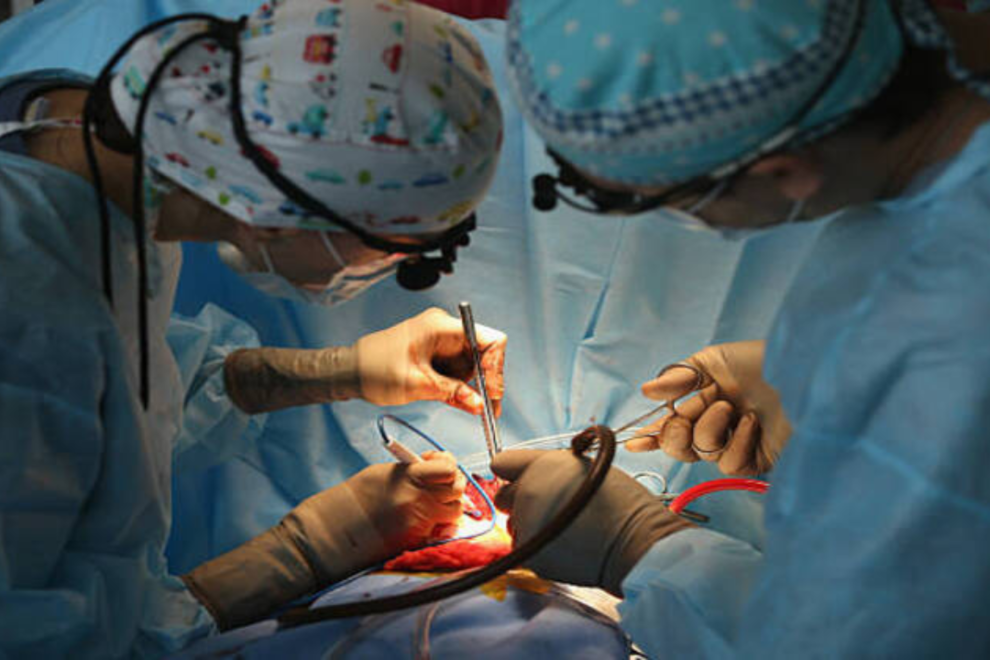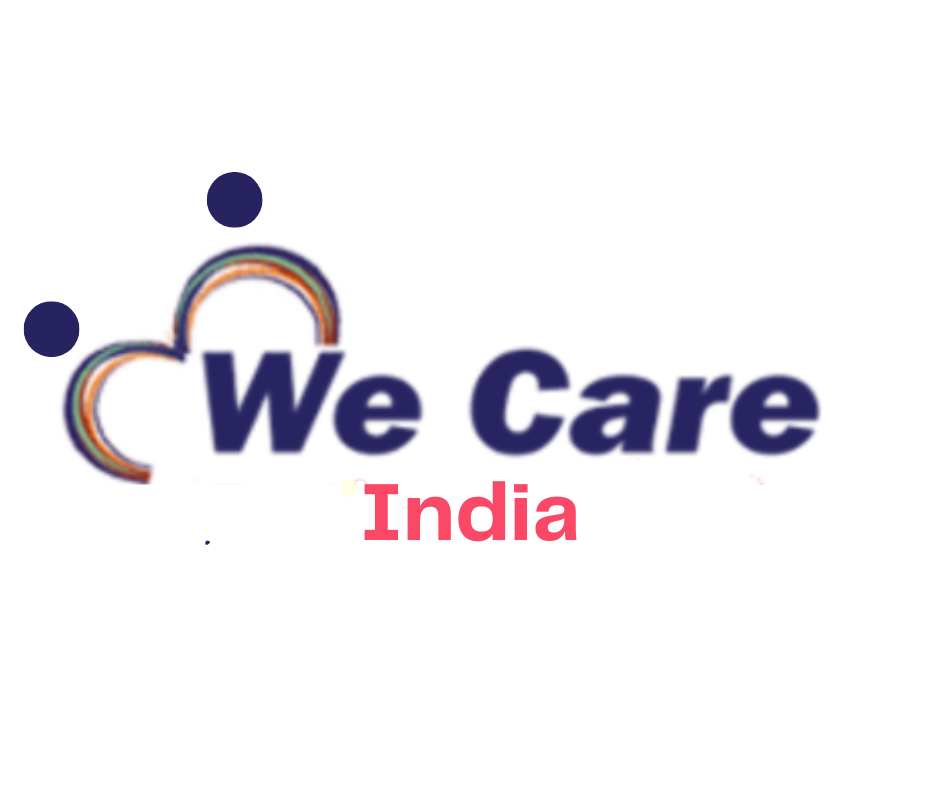Arterial Bypass Surgery and Cost in India: Affordable Treatment for Blocked Arteries
Arteries or veins from elsewhere in the patient's body are grafted to the coronary arteries to bypass atherosclerotic narrowing and improve the blood supply to the coronary circulation supplying the myocardium (heart muscle).
This surgery is usually performed with the heart stopped, necessitating the usage of cardiopulmonary bypass; techniques are available to perform CABG on a beating heart, so-called "off-pump" surgery.
India offers world-class arterial bypass surgery performed by highly skilled cardiovascular surgeons using advanced medical technologies


Free Doctor opinion

Personalized care with a warm interaction with the patient
- Achieving outstanding success rates through our dedicated care approach.
- Equipped with the latest technology to ensure optimal treatment outcomes.
- Our expert team provides exceptional healthcare with experience.
- Offering 24/7 assistance for your health needs and concerns.
- Providing quality treatment at reasonable costs for every patient.
- Contact us Email ID:[email protected]
- Call us: +91 9029304141
What is coronary artery bypass surgery?
This is a type of heart surgery. It’s sometimes called CABG (“cabbage”). The surgery reroutes, or “bypasses,” blood around clogged arteries to improve blood flow and oxygen to the heart.
Why is this surgery done?
The arteries that bring blood to the heart muscle (coronary arteries) can become clogged by plaque (a buildup of fat, cholesterol and other substances). This can slow or stop blood flow through the heart’s blood vessels, leading to chest pain or a heart attack. Increasing blood flow to the heart muscle can relieve chest pain and reduce the risk of heart attack.
Before your surgery you will receive anesthesia. This will make you unconscious and unable to feel pain. The effects of the anesthesia will last the entire procedure.
Once you are unconscious, the heart surgeon will make a 10-inch-long incision (cut) in the middle of your chest. Then your breastbone will be separated to create an opening that allows the surgeon to see your heart and aorta (the main blood vessel leading from the heart to the rest of your body).
Most people who have coronary bypass surgery are connected to a heart-lung bypass machine, or bypass pump.
- This machine does the work of your heart while your heart is stopped for the surgery. The machine adds oxygen to your blood, and circulates your blood through your body.
- Your heart is stopped while you are connected to this machine.
What happens after bypass surgery?
After surgery, the patient is moved to a hospital bed in the cardiac surgical intensive care unit. Heart rate and blood pressure monitoring devices continuously monitor the patient for 12 to 24 hours. Family members can visit periodically. Medications that regulate circulation and blood pressure may be given through the I.V. (intravenously). A breathing tube (endotracheal tube) will stay in place until the physicians are confident that the patient is awake and ready to breathe comfortably on his or her own.
How does coronary artery disease develop?
Coronary artery disease (CAD) occurs when atherosclerotic plaque (hardening of the arteries) builds up in the wall of the arteries that supply the heart. This plaque is primarily made of cholesterol. Plaque accumulation can be accelerated by smoking, high blood pressure, elevated cholesterol, and diabetes. Patients are also at higher risk for plaque development if they are older (greater than 45 years for men and 55 years for women), or if they have a positive family history for early heart artery disease.
The atherosclerotic process causes significant narrowing in one or more coronary arteries. When coronary arteries narrow more than 50 to 70%, the blood supply beyond the plaque becomes inadequate to meet the increased oxygen demand during exercise. The heart muscle in the territory of these arteries becomes starved of oxygen (ischemic). Patients often experience chest pain (angina) when the blood oxygen supply cannot keep up with demand. Up to 25% of patients experience no chest pain at all despite documented lack of adequate blood and oxygen supply. These patients have “silent” angina, and have the same risk of heart attack as those with angina.
What happens during surgical bypass?
Your specific surgical procedure depends on your symptoms, your overall physical condition, and how much plaque has built up in your arteries. Your surgeon, with the help of your anesthesiologist, may use either general or regional (epidural or spinal) anesthesia for the procedure.
*For an arm or leg bypass, your vascular surgeon usually first selects and removes the vein that will serve as the bypass graft for your artery. Your vascular surgeon usually uses your great saphenous vein (GSV) for the graft, if it is suitable. Your GSV runs under your skin between your foot and your groin.
Sometimes your surgeon may need to use another vein or a synthetic fabric artery for the graft.
- To reach the bypass site in your blocked artery, your surgeon makes an incision in your skin over the artery.
- Once your surgeon exposes the artery, he or she evaluates the pulse in the healthy part of the artery. By checking the pulse, your surgeon makes sure that the artery provides enough blood flow to supply the bypass.
- Your surgeon next opens the artery below the part that is blocked. This is where he or she will connect one end of the graft.
- Your surgeon sews the graft into your artery with permanent stitches.
- Next your surgeon routes the other end of the graft between your muscles and tendons to a site above the blockage. In the same way, the surgeon then opens the artery and, at this location, stitches the graft onto this end of the artery.
- Your surgeon checks the bypass for correct alignment and leakage. During the procedure, your vascular surgeon may perform an arteriogram or duplex ultrasound examination in the operating room to check the bypass for any problems.
- When the surgery is complete, your surgeon closes all of the incisions.
- After the procedure, your surgeon may order a duplex ultrasound or other non-invasive tests, such as pulse volume recordings, to make sure the bypass is functioning properly.
Read Also :-
- Appendicectomy in India: Safe and Affordabl
- Surrogacy Agency in India: Professional Guidance for Your Parenthood Journey
- Sigmoidoscopy Surgery in India: Early Detection and Affordable Care for Colon Health
- Advanced Spondylosis Surgery in India: Procedures, Costs & Leading Hospitals
- Shoulder Replacement Surgery in India: Restoring Mobility and Reducing Pain
Committed To Build Positive, Safe, Patient Focused Care.
High Quality
Care
Home Review
Medicine
All Advanced
Equipment
Book An Appointment

At We Care India, we offer complete medical services for your entire family, from routine check-ups to injury care, ensuring personalized attention and expert assistance for all your health needs.


